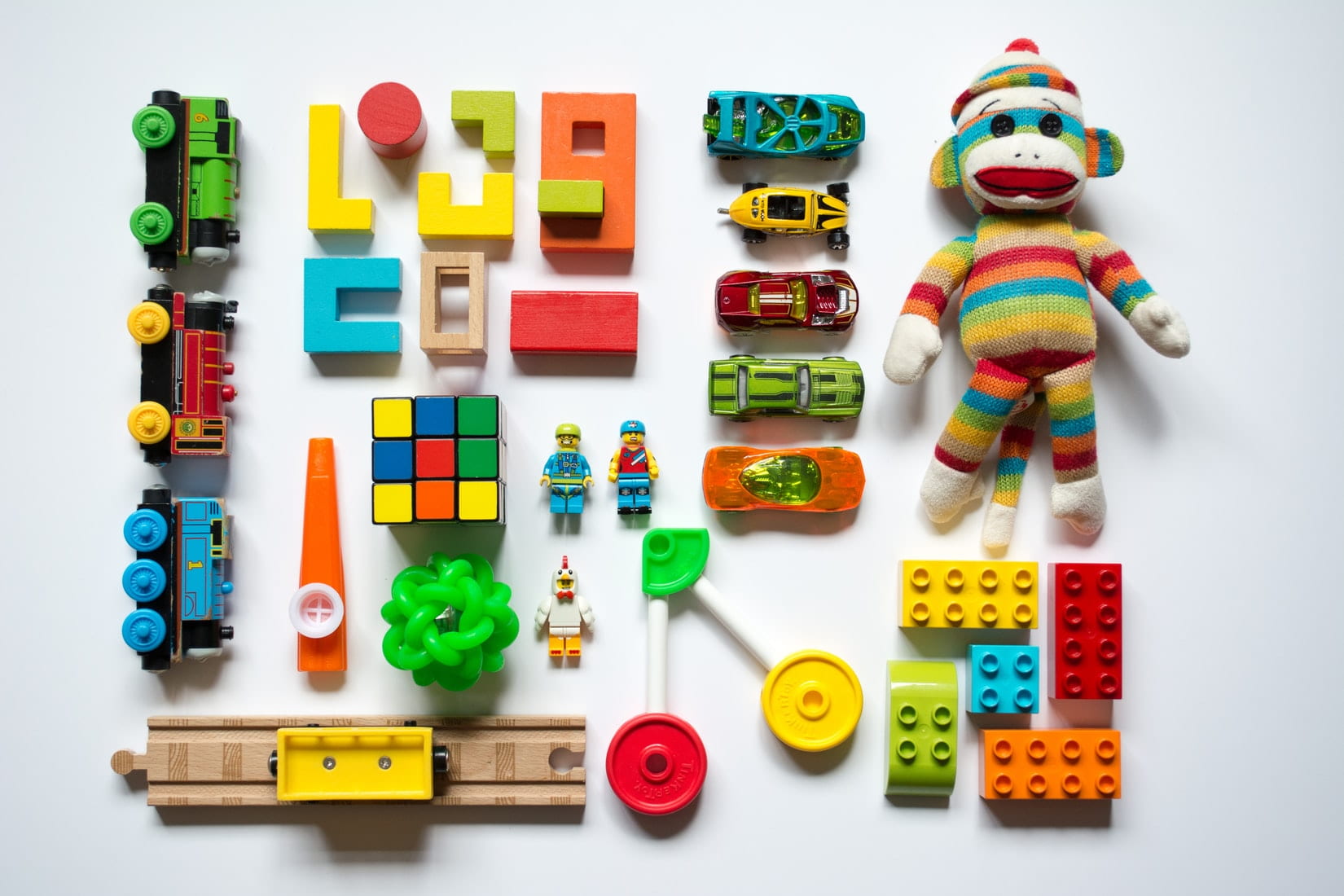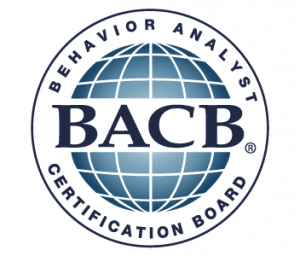Archive of ‘What is ABA?’ category
 Although behavior analysts can help anyone with behavioral challenges, we often work with children and adults diagnosed with autism spectrum disorder (ASD). Interventions based on ABA can be very beneficial to people diagnosed with autism. Not only is it backed by decades of research, it has become widespread in popular culture.
Although behavior analysts can help anyone with behavioral challenges, we often work with children and adults diagnosed with autism spectrum disorder (ASD). Interventions based on ABA can be very beneficial to people diagnosed with autism. Not only is it backed by decades of research, it has become widespread in popular culture.
Children and adults diagnosed with ASD are very intelligent. Often, they may have a hard time communicating their feelings to others and why they may behave in a way that is confusing. Since BCBAs based their interventions on what actions a client does, a child or adult who cannot communicate is not something BCBAs worry about. Instead, we outline actions we want to see the client do more, and we measure how well our interventions work on increasing the appropriate behavior.
Interventions in ABA are effective for those diagnosed with ASD because we know each person is a unique individual. No two children are the same. Clinicians in ABA prioritize getting to know the child and make their treatments fit their needs. We recognize that those diagnosed with ASD may engage in actions that are confusing to teachers, parents, community members, and siblings. This can lead to frustration, and we, clinicians from the Husky ABA clinic, want to help!
At the Husky ABA clinic, we are experts in producing meaningful behavior change. This may create an individualized plan to teaching a child to independently toilet. Or teaching a child to recognize their frustration and ask for help! In addition, we work with families, teachers, and other important people in the child’s life to create positive environments.
Like us on Facebook!

Photo by: Vanessa Bucceri
When a board certified behavior analyst (BCBA) first meets their client, they prioritize in building a positive relationship with the child. They want to know what their client likes and is motivated for. BCBAs are all about reinforcing good behavior. BCBAs often receive information from caregivers and people who have worked with children in the past on what they like. We know that preferences change frequently, so a BCBA will take time to systematically assess the child’s preferences after receiving recommendations from a parent.
The most common way a BCBA finds out what a child likes is through a preference assessment. Most preference assessments contain 5-10 items that may include toys, snacks, or activities. The first set of choices that are used are often picked based on information from caregivers and what is available to the BCBA at the time. Some common things that children work for are crackers, breaks (just having time to lay down or sit), electronic devices, toys, and time in the gym or on the playground.
The preference assessment included at the top of this post is called a Multiple Stimulus Without Replacement (MSWO). In this assessment the child is presented with multiple items (7 were used in the example) and they are asked to pick on item at a time, after they pick an item they get to spend time playing with it or eating it, and then that choice is no long available to them. This process repeats until the child has picked each of the items once, and the order in which they chose is recorded. Then the order in which the items are lined up is changed and the process starts over. At the end of the assessment items that a child chose first most often are identified at the high preference items.
Check out our Facebook page for a video demonstration!

Photo retrieved from BCBA.com
Within the field of applied behavior analysis (ABA), there are many titles a clinician can have. BCBA stands for Board Certified Behavior Analyst. Clinicians who hold this title have received a master’s degree, completed at least 1,500 hours of supervised work with implementation of behavior-analytic work, and taken an international certification exam. At the Husky ABA clinic, we have four faculty advisors who are BCBA-Ds, meaning that they have a doctorate degree in ABA or related behavior.
You may have noticed another title, the BCaBA, Board Certified assistant Behavior Analyst. BCaBA have undergraduate degree, completed at least 1, 000 hours of supervised works, and have passed an international certification exam. BCaBA’s
practice under the supervision of a BCBA, monitoring front-line clinicians that are implementing the individualized interventions the BCBA has created.
Finally, front-line clinicians in ABA, are often Registered Behavior Technicians (RBT). RBTs hands-on with the clients, directly implementing structured programming to help the child to be successful. RBTs work with clients every day to implement the interventions written by the BCBAs. RBTs are heavily supervised by both the BCaBA and BCBA to ensure treatments are implemented with fidelity.
Overall, in ABA, we aim to identify the changes we need to make in the environment to enhance the lives of clients AND the individuals around them like their parents, teachers, classmates, and siblings.
For more information about Applied Behavior Analysis check out https://www.bacb.com
Like us on FaceBook!
 Studies have shown that giving clients the opportunity to make choices in matters regarding their treatment can actually make treatment more effective! You might be asking yourself, “What does this look like outside of the clinic? How does choice align with me getting my child to do the things they need to do, but hate to do?” When a BCBA, like those found at our clinic, encourage caregivers to incorporate choice, we are not suggesting that the child gets to do anything and everything they want. Choice can be added naturally to your caregiving, without disrupting your ability to care for your child. You may find that adding choice may actually make it easier to get your child to do the things they don’t want to do, but are important…like tooth brushing!
Studies have shown that giving clients the opportunity to make choices in matters regarding their treatment can actually make treatment more effective! You might be asking yourself, “What does this look like outside of the clinic? How does choice align with me getting my child to do the things they need to do, but hate to do?” When a BCBA, like those found at our clinic, encourage caregivers to incorporate choice, we are not suggesting that the child gets to do anything and everything they want. Choice can be added naturally to your caregiving, without disrupting your ability to care for your child. You may find that adding choice may actually make it easier to get your child to do the things they don’t want to do, but are important…like tooth brushing!
Some children find toothbrushing to be a particularly aversive activity, but it’s important to their health and should be done. If your child hates brushing their teeth, choice can be incorporated to increase toothbrushing and/or decrease problem behavior during toothbrushing. One way to add choice to their tooth brushing time is to allow them to pick which toothbrush they would like to use each time they brush their teeth. Provide your child with two different toothbrushes that are theirs, and allow them to pick which one they would like to use each time they brush their teeth. As the caregiver, you probably know which toothbrush they will pick each time. However, still allowing the child to pick which brush they will use will give the child some autonomy and personal investment in the activity. If you can occupy the child with deciding on a toothbrush, you may find that they spend less time flat out refusing to do the activity. It’s also important to make sure there aren’t so many options that the client becomes overwhelmed. Choice could also be incorporated to this activity by allowing the child to pick between mint toothpaste, cinnamon, or bubblegum flavored toothpaste. If you are struggling to help the child brush for long enough, try asking the child, “Would you like to brush for two minutes or two-and-a-half minutes?” These are a few small steps that any caregiver can take to increase compliance for necessary tasks, without having to significantly disrupt your normal routine.
Another example of where choice can be used is with breaks. If you see that your child is getting upset and they need to take some time away from an activity, you should to give them a choice on whether or not they take a break. You can let them choose what they want to do during their break (draw vs nap), how long they want their break to be (three minutes vs five minutes), or where they take their break (at their desk vs on the floor). For example, you can ask them if they want to be away from their toys for four or five minutes. This will not only give them some control over their environment and themselves, but will also provide them with an opportunity to evaluate what they are feeling, how they are feeling, and what they need to feel better. Caretakers tend to be familiar with the cues that precede problem behavior, something that your child might not. Gently intervening when your child begins to exhibit signs of distress and offering them a choice about what you believe they might need to feel better is a great way to teach them to be aware of when they need to pay more attention to regulating their behaviors and how to do in a healthy way.
Our team is focused on providing assistance to caregivers and clients in a way that will foster independence, autonomy, and self-advocacy in clients. Providing small choices, throughout every day, is an excellent place to start teaching clients how to be more independent while continuing to pursue their therapeutic goals. Choice is not a cure-all and will not fix every problem behavior under the sun; however, choice is a powerful tool to foster independence in your loved one and help you and your child tackle those problem behaviors more effectively and efficiently.
Check SCSU’s program here!
Check out our Facebook page here!
 Maybe you are interested learning more about what ABA, have attended the applied behavior analysis (ABA) workshops this month, or maybe you want to attend ABA workshops at the Husky ABA Clinic in the future (check out our Facebook).
Maybe you are interested learning more about what ABA, have attended the applied behavior analysis (ABA) workshops this month, or maybe you want to attend ABA workshops at the Husky ABA Clinic in the future (check out our Facebook).
ABA is the study of meaningful behavior change. In ABA, practitioners and clinicians, identify what causes behaviors (aggression, destruction, noncompliance) to happen and why they continue to occur and change over time. Behavior analysts focus on a client and what they’re doing; they also examine everything in the environment to create evidence-based interventions. For example, in a classroom, a behavior analyst may help a child struggling in school. She might look at how the child interacts with their peers, their teachers, and their family. She also may look at environmental factors like what tasks they like or do not like or even where they sit in class!
In ABA, there is a large focus on data collection. Behavior analysts want to document what changes are happening and be sure that any changes they put in place are helping their clients be successful. In ABA, we aim to keep our clients safe and independent. With the application of our science, we hope our clients can have the opportunity to access the things they need and enjoy, like a quality education, a job, and a social life. Not every child, can be the “the perfect kid,” and in ABA we recognize this. We want to help every child reach their full potential and set them up for success as they encounter new experiences.
At the Husky ABA Clinic, you can be confident that undergraduate, graduate, and faculty clinicians care for each family we serve. We all have experience working with children with a range of diagnoses and behavioral challenges. Additionally, faculty advisors are experts in the field, all Ph.Ds. Drs. Schulze, Witts, Traub, and Luna carefully supervise our graduate and undergraduate clinicians when they work with your child.
For more information about Applied Behavior Analysis check out https://www.bacb.com
Like us on FaceBook!
 Although behavior analysts can help anyone with behavioral challenges, we often work with children and adults diagnosed with autism spectrum disorder (ASD). Interventions based on ABA can be very beneficial to people diagnosed with autism. Not only is it backed by decades of research, it has become widespread in popular culture.
Although behavior analysts can help anyone with behavioral challenges, we often work with children and adults diagnosed with autism spectrum disorder (ASD). Interventions based on ABA can be very beneficial to people diagnosed with autism. Not only is it backed by decades of research, it has become widespread in popular culture. 



